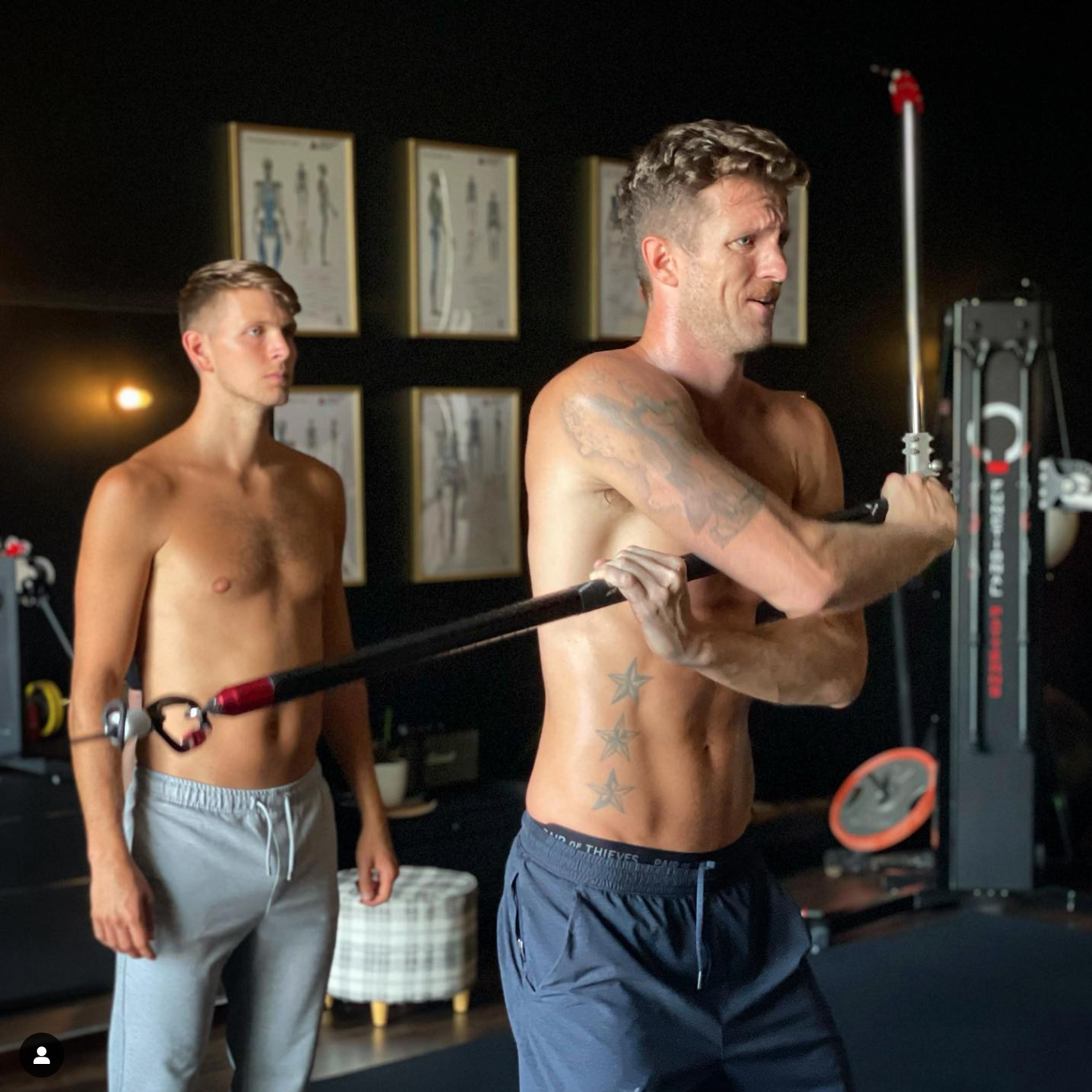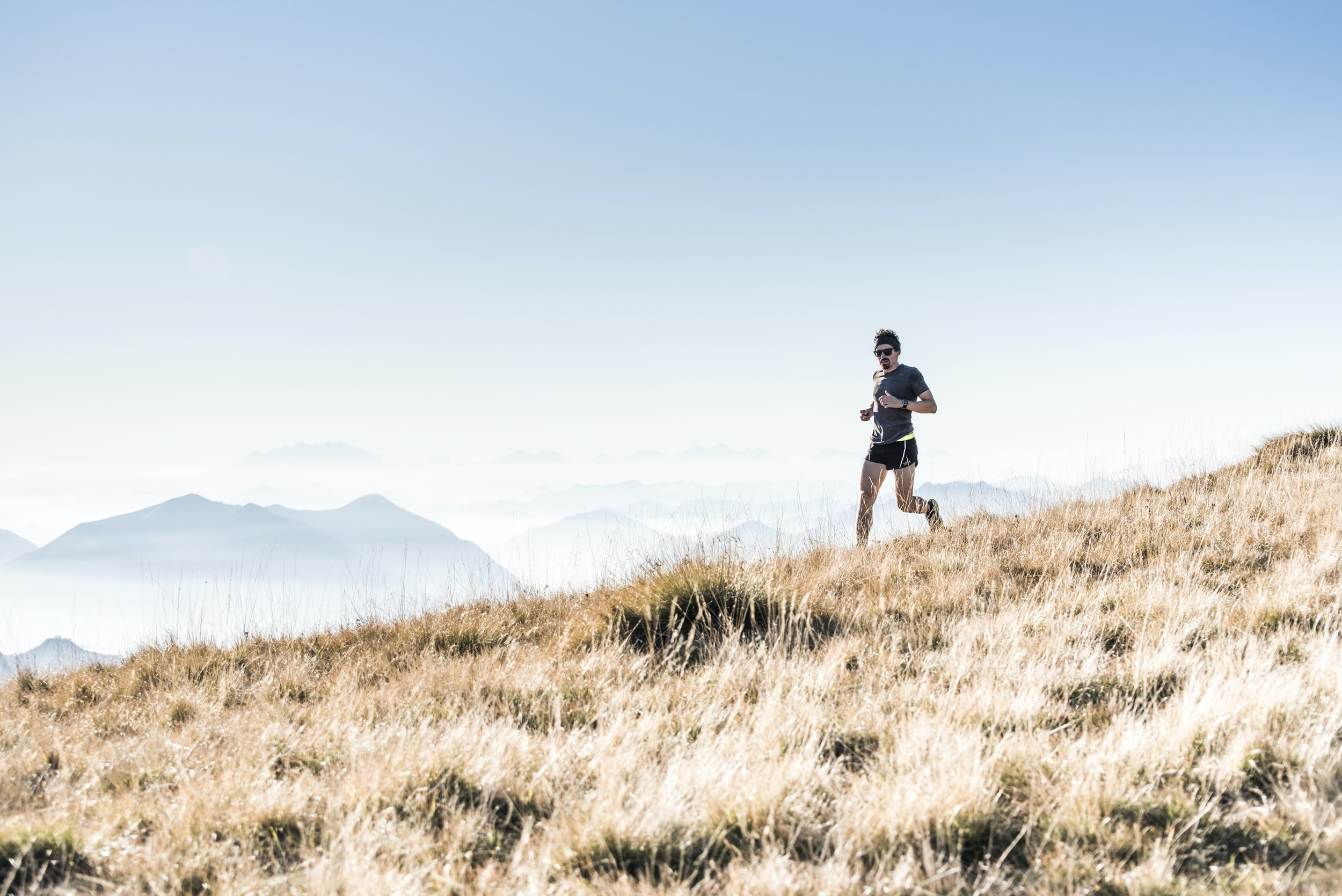
Pain During & After Running Is Not Normal.
Running into Pain?
-
Shin splints include pain felt anywhere along the shinbone. The pain is caused by inflammation of the muscles, tendons, and bone tissue in that area. They are common in runners and are a red flag that something needs to change before serious injury may occur. Shin spilts are never just an issue of the shins. They are a product of improper running mechanics and posture. As your foot hits the ground unsupported, disproportionate and damaging force travels up the shin which causes the pain you are experiencing.
-
In order to treat shin splints, you need to be able to assess and treat the entire body. Because shin splits are not just an issue within the shin, you need to see a professional who specialises in biomechanics. Why? You will need to adjust the way your body interacts with gravity and the ground in order to stop getting shin splints. You could treat the local inflammation, run less, strap or wrap your shin… But if you want to be able to keep running without the pain coming back, you need to change the way you move. This kind of adjustment requires a biomechanics specialist who understands the entire body and how it interacts with itself, as well as the outside world.
-
If they are correctly treated through the alteration of your running mechanics, yes. If they are left untreated, they may go away if you run less, but they will almost always come back once you begin running again. Why? They are there for a reason. Shin splints are a warning from your body that the way you are running is causing damage to your structure. Change the way you move your structure and you will change the level of pain.
-
Knee pain occurs because of inflammation and/or damage caused by improper movement and posture. There is rarely anything wrong with the knee, rather, an issue with the way the knee is interacting with the rest of the body and the outside world. If your foot, hip, back or general alignment is out, your knees are prone to take the load. Being right above the foot (where your body interacts with the ground) and having a large range of motion makes the knee highly susceptible to the effects of poor biomechanics. This is exacerbated in runners and is why knee pain is coined ‘runners’ knee.’
-
If it is correctly addressed through the alteration of your running mechanics, yes. If they are left untreated, the pain may go away if you run less, but it will almost always come back once you begin running again. Why? The pain is there for a reason. Knee Pain is a warning from your body that the way you are running is causing damage to your structure. Change the way you move your structure and you will change the level of pain. Remember, knee pain will rarely just be ‘knee pain’ and will often manifest into many other pains around the body due to the causal dysfunctions.
-
In order to treat knee pain, you need to be able to assess and treat the entire body. Because knee pain is not just an issue within the knee, you need to see a professional who specialises in biomechanics. Why? You need to adjust the way your body interacts with gravity and the ground in order to stop getting the pain. You could treat the local inflammation, run less, strap or wrap your knees… But if you want to be able to keep running without the pain coming back, you need to change the way you move. This kind of adjustment requires a biomechanics specialist who understands the entire body and how it interacts with itself, as well as the outside world. Fixing your biomechanics will also greatly improve your running technique and the fitness and muscle gains created through correct running form. Because you will be address the deep dysfunctions in your structure and mechanics, you will simultaneously see an improvement in all areas - even those you did not know where your upcoming hurdle or pain point.
James Bazley, Professional Australian Cricketer - Functional Patterns Result: Major Pain During Running (Before) -> Pain Free & 4.4KM Faster (After)
Want A Lasting & Holistic Solution To:
-
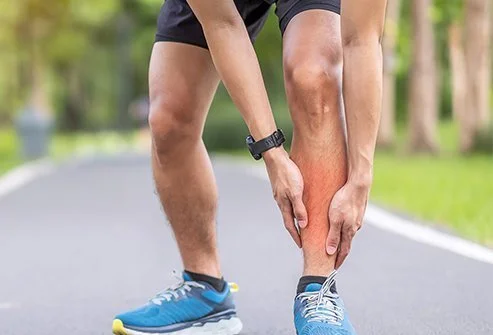
Shin Splints?
Shin splints include pain felt anywhere along the shinbone. The pain is caused by inflammation of the muscles, tendons, and bone tissue in that area. They are common in runners and are a red flag that something needs to change before serious injury may occur.
-

Tight, Painful Achilles?
Tight and painful achilles not only makes running difficult, it is a sign of inflammation/degeneration caused by poor running form and posture. This condition rarely has much to do with the localised area itself and is often connected to dysfunctions surrounding the knees, hips and even your back.
-

Knee Pain?
Knee pain is often termed ‘runners’ knee’ because it is so common in those that run. Why? Many runners have flaccid movement patterns in their hips and lower back that cause the knee to become unsupported as the foot hits the ground. This is why addressing your biomechanics mitigates knee pain.

Below Are The Steps We Take To Assist Running Pain & Running Related Complications In Our Clients
Step 1.
Identify What Dysfunctions Need Correcting.
Pain after or during running is caused by dysfunctional gate. The way you stand, walk or run need to be functional or correct in order to stop running pain and complications from occurring. Functional Patterns Practitioners are able to find issues in the body that are difficult to see. We do so by assessing your mechanics WHILE you're moving at your maximum pace. This takes away all 'purposeful' movement and shows us how you move when nobody is looking. Only then are we able to string together your bodies storyline of dysfunction - the true root of your pain.
Step 2.
Build Functional Patterns That Replace The Dysfunctions.
The way you move on a daily basis adds up. Continually walking, exercising, running, breathing and moving even just slightly wrong leads to massive issues as time passes. Following your initial consult, we will continue to build on the techniques you learned through chambers, correctives and dynamic exercise. As gait cycle results are our number one metric to judge objectively your progress, we will usually take video again of running/sprinting/your specific activity during these sessions. Throughout your sessions, we will work on breaking down the dysfunctions that lead to your running pain/injuries while building new, functional patterns. This generally results in a dramatic decrease in pain and an improvement in running mechanics while also improving athleticism, agility, strength, posture, aesthetic and overall quality of life.
Step 3.
Cement These Patterns Into The Body To Get An Incredible, Lasting Result.
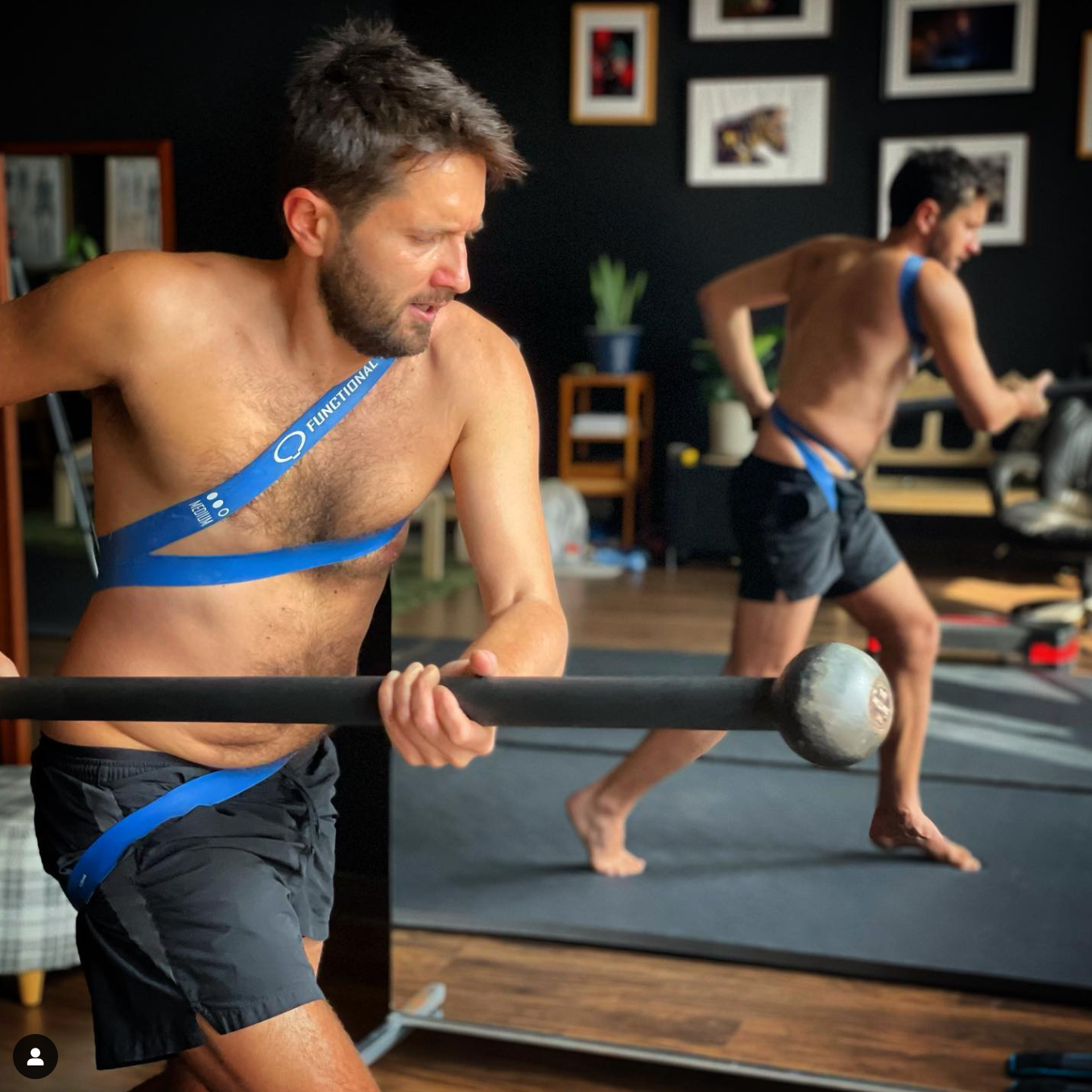
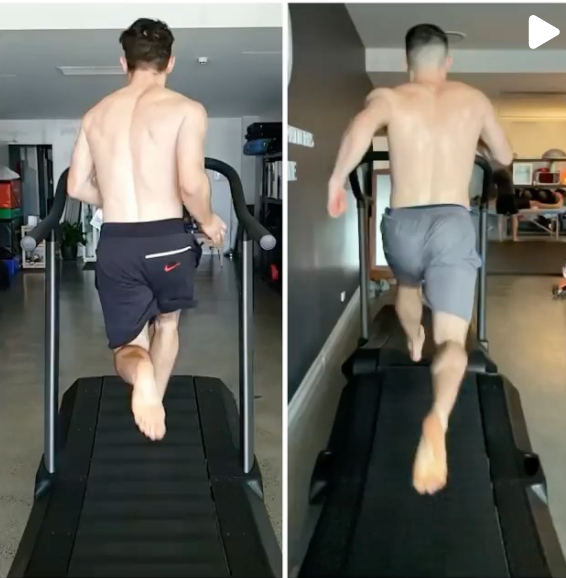
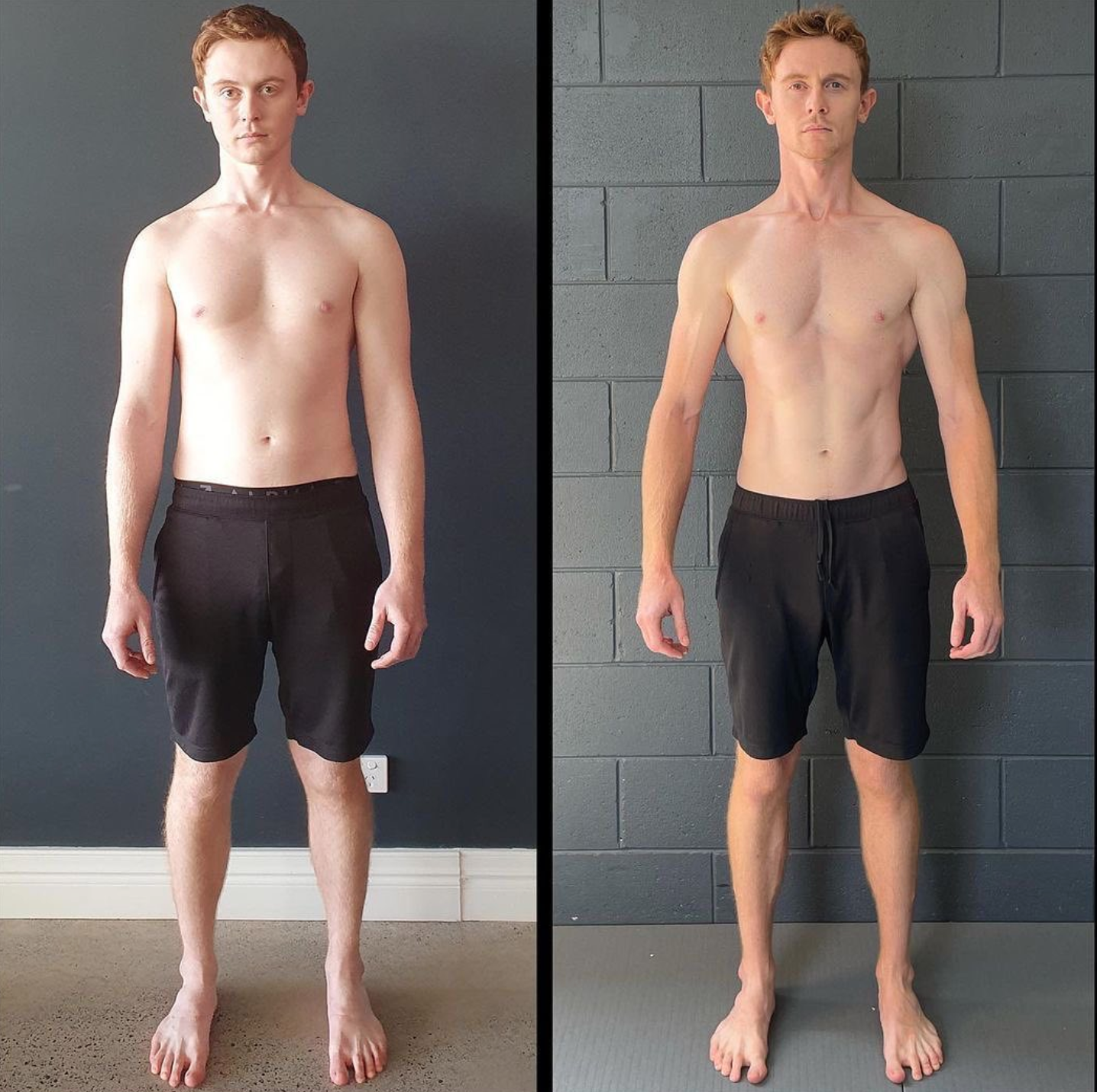
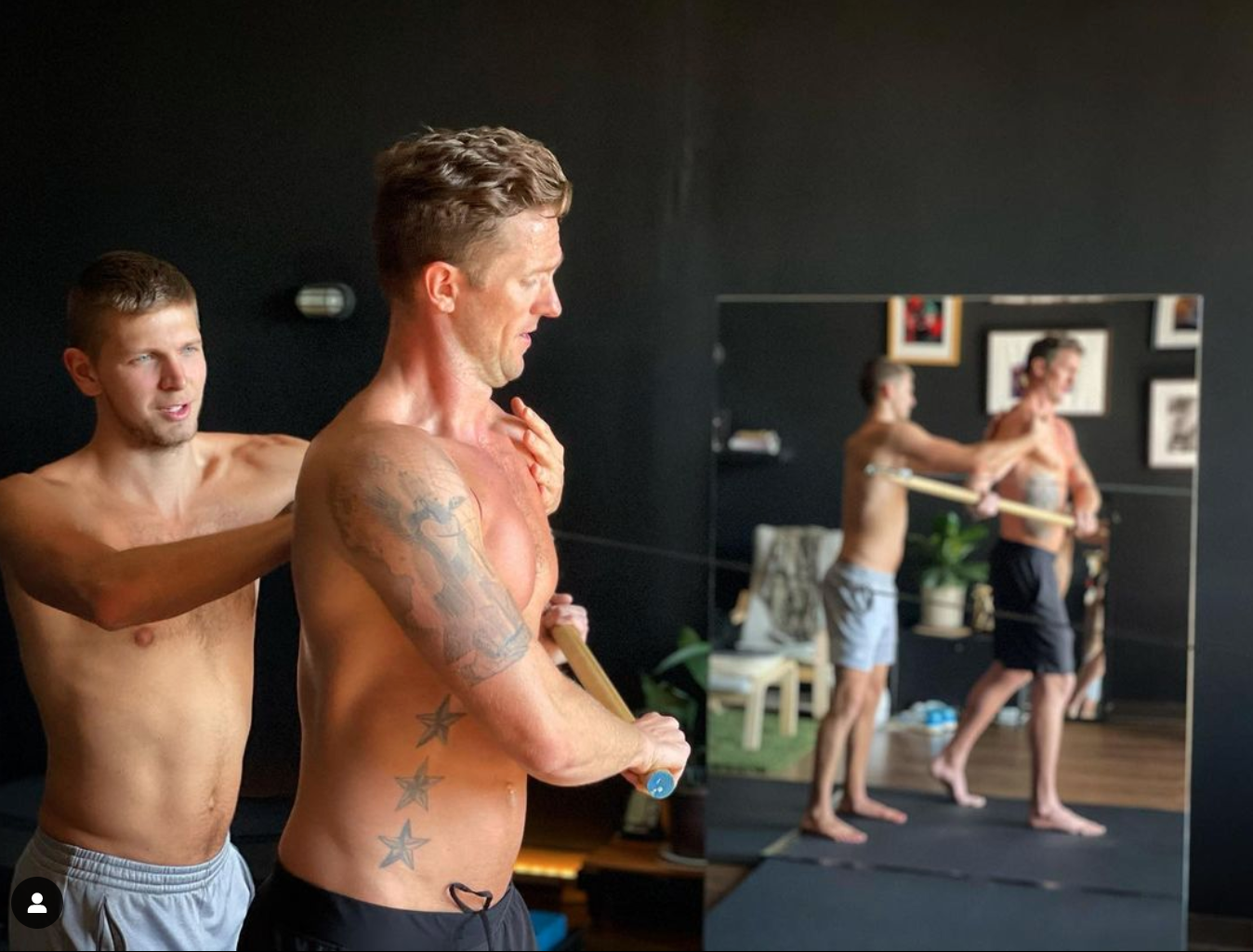

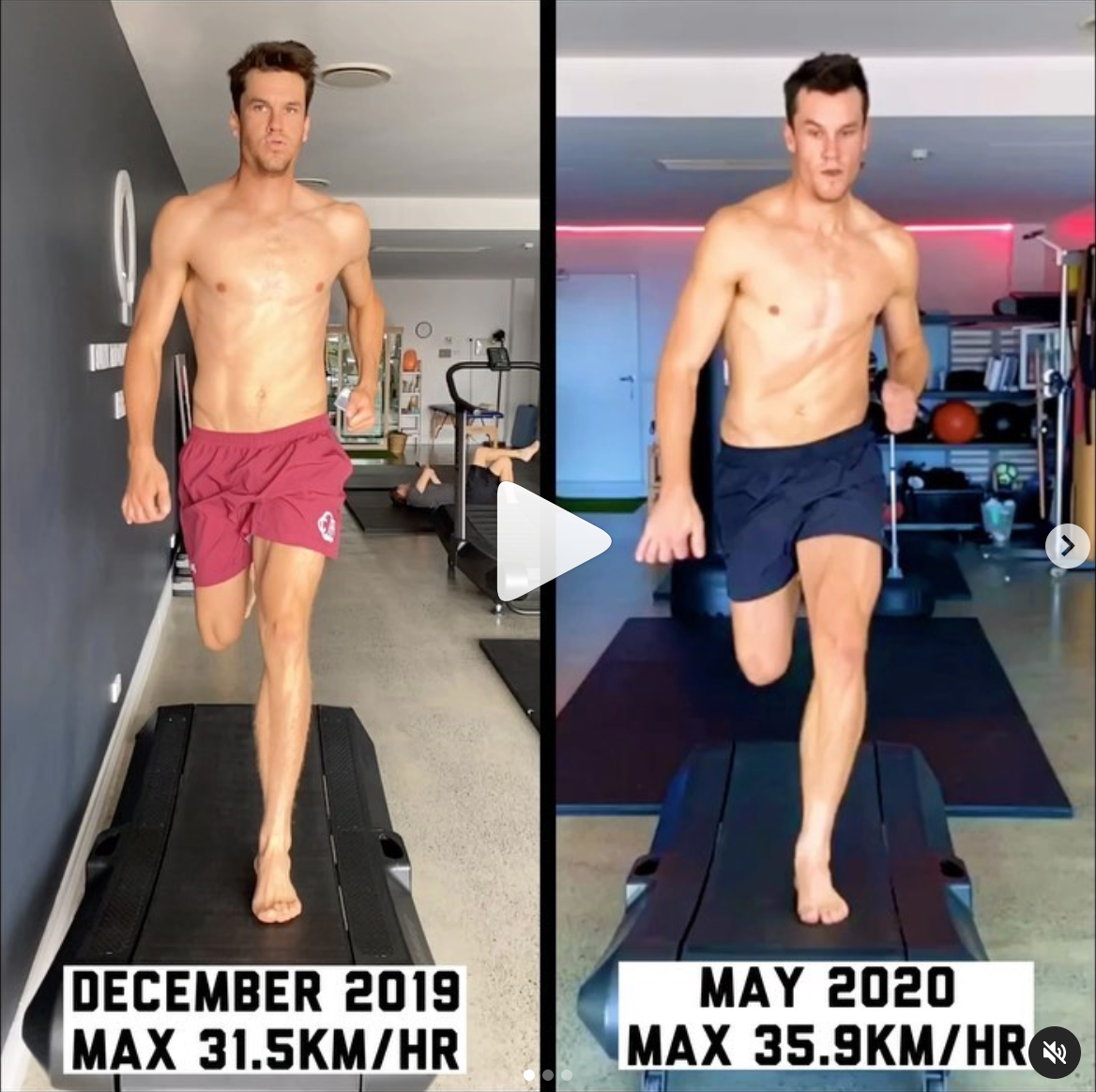
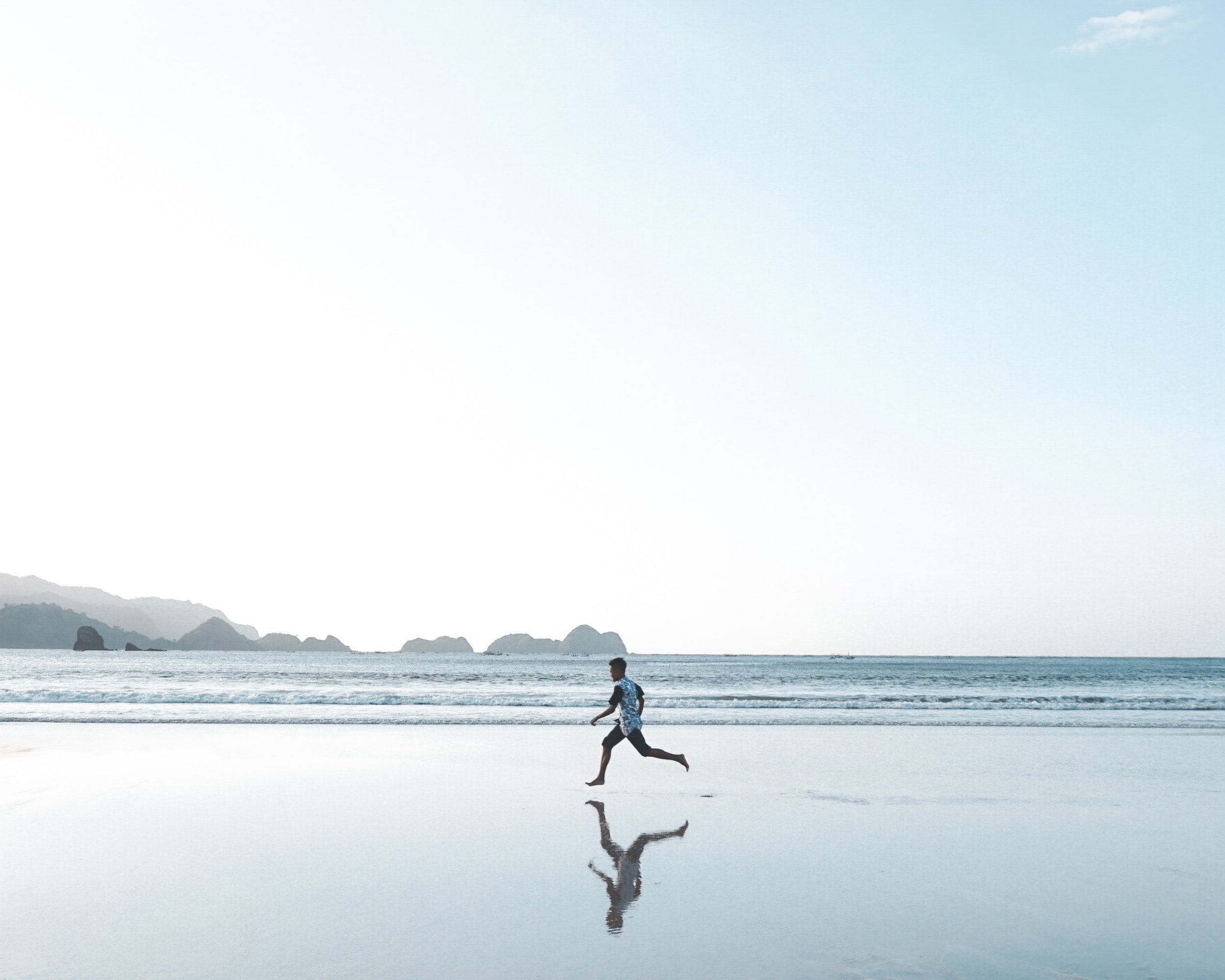
What Do Our Clients Say?
“Functional Patterns Atlanta is a first class facility. After years of participation in athletics and traditional weight lifting practices I have been left with lingering injuries, bad posture, and muscular imbalances. After just one session with Jacob I was able to identify those imbalances and learn new movements that work toward correcting those issues.”
— Clark Mullins, Verified Google Review ⭐⭐⭐⭐⭐
“Functional Patterns is by far the best training system you can apply, whether you are looking to rehab, prevent non contact injuries, and/or build strength and muscle. Michael is attentive, patient, and does a hell of a job explaining the concepts and movements. With every session I become more functional, a better mover, and I'm pain free! HIGHLY RECOMMEND!”
— Jonnelle Williams, Verified Google Review ⭐⭐⭐⭐⭐
These guys are awesome! They continue to help me progress my health and regenerate my body. After 4 knee surgeries the training they do is what got me out of pain and able to move again at 23 years old without FEAR. If you're looking for the path of least resistance when it comes to your health and wellbeing go book a session!



